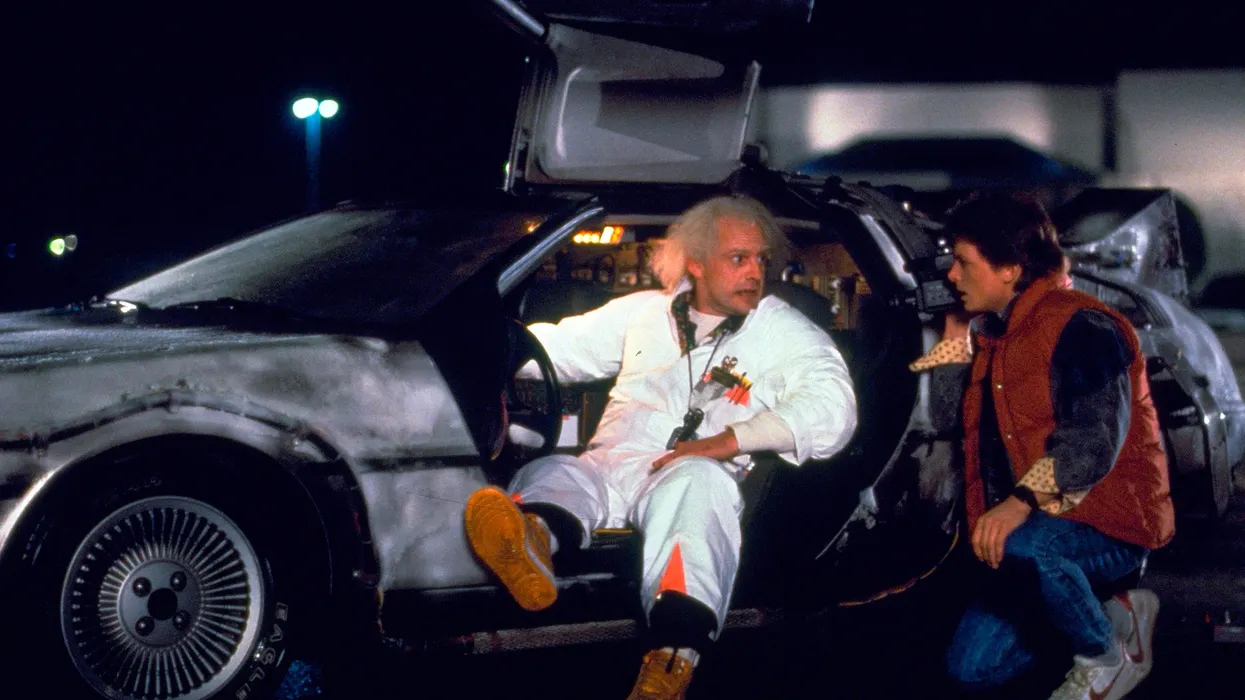Why Little Things Need to Keep Going Wrong in Your Screenplay Scenes
Beginning writers often stop at one problem, instead of letting things snowball.

Back to the Future
Over the New Year's weekend, I found myself on the couch binge-watching all three Back to the Future films. This is not the first time I put on the trilogy after only intending to watch the first film. When you're absorbed in something great, those kinds of things tend to happen.
One of the things I had never noticed in the movies before was how in every scene, Bob Gale and Robert Zemeckis have multiple things go wrong in order to show us the stakes, get us to laugh, and to get the audience to lean in.
Today, we're going to look at this strategy and talk about why I think it's so important for writers to remember when finishing scenes within their screenplays.
Let's dive in.
The more problems, the better
To explain what I'm talking about, I think I should use the opening scene of the first Back to the Future movie to illustrate the point.
In the scene, a young Marty McFly heads to Doc's office to do some chores. While there, he decides to test his guitar out on a massive amp. what follows is that he blows the amp, and blows himself backward.
But that's not enough.
An entire shelf of materials falls on him and wrecks part of the lab as well.
But that's not enough.
Finally, Doc calls Marty and informs him that he's also running late for school.
What you see here is a cascading number of problems within one scene. And it happens in many of them across all three movies, even in slight instances.
Doc's problematic plan
Later in the movie, when planning to get back to the future, Doc sets up a model to show Marty how they'll get the time machine activated by lightning.
When they test that model, the car catches fire. Then it drives off the map. then it runs into a barrel of oil rags and starts a bigger fire, And then Marty's mom shows up.
This delivers a lot of laughs, cleverly disguises the exposition, and fulfills that sense of adventure within the genre we crave.
But there are lots of other reasons writers should take note.
Why are multiple problems within a scene so effective?

Back to the Future
Universal Pictures
We went over a couple scenes, but I want to expand on what I think this strategy is crucial for writers to recognize and replicate.
- Enhancing the Stakes: By having multiple mishaps, the filmmakers continuously raise the stakes. This creates a sense of urgency and importance, making the viewer more invested in the characters' journey.
- Comedic Effect: The accumulation of problems often leads to funny situations. It's the classic comedy formula of things going awry, which keeps the audience entertained and engaged.
- Audience Engagement: When multiple things go wrong, it requires the audience to pay closer attention to the plot and the characters' actions. It's a way of drawing the viewer in, making them lean forward both literally and metaphorically, as they become more engaged in unraveling how the characters will deal with these compounding issues.
- Character Development: How characters respond to these challenges reveals their traits, strengths, and weaknesses. Marty McFly, for example, is shown to be resourceful and quick-thinking, traits that are highlighted and developed as he navigates through the problems he faces.
- Plot Advancement: Each problem that arises can serve as a catalyst for moving the plot forward. In Back to the Future, many of the mishaps are crucial for the narrative progression, leading the characters to new locations, introducing new characters, or providing critical information.
The innovative storytelling approach of Bob Gale and Robert Zemeckis in the Back to the Future series is not just a hallmark of creative filmmaking, but a testament to the power of layered narrative techniques.
It’s a reminder of how cinema can artfully blend entertainment with meaningful storytelling, leaving a lasting impact on its audience.
Let me know what you think in the comments.
- The Tried and True Five-Step Method of Filming a Scene ›
- The Problem with Action: Why Explosions & Epic Battles Are Just Kind Of...Eh ›
- The Problem with Flying and Fighting in Superhero Movies ›











